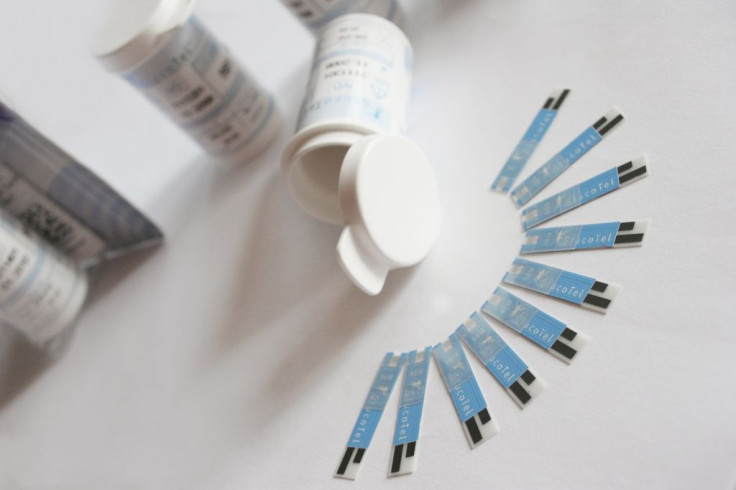Addition Of A Key Protein Has Successfully Treated Type 1 Diabetes In Mice

Swedish researchers from Uppsala University are unlocking the secrets to treating type 1 diabetes, and so far have seen promising outcomes in mice. Their study, which has been published in the journal Scientific Reports, finds that when mice are given a protein normally made by a healthy immune system, type 1 diabetes is either reversed or completely cured as blood glucose levels are returned to normal.
Type 1 diabetes (T1D) is a debilitating chronic disease that causes patients to rely on daily injections of insulin, a hormone produced by the pancreas, to maintain normal blood glucose levels. Researchers estimate that each day in Sweden, about two new cases of T1D is diagnosed, making this area of study a crucial one.
In order to better understand how to treat T1D, researchers are trying to get to the core of what causes the disease — something relatively unknown. As of now, T1D is considered an autoimmune disease because patients' own immune systems attack healthy cells responsible for producing insulin. Most scientists believe outside factors like infections can trigger this immune system response.
For professor Stellan Sandler’s research group, providing the body with the necessary mechanisms to foster insulin production could help reverse this reaction. Dr. Kailash Singh, a PhD student working in Sandler’s group, has specifically examined the role immune regulating T cells play in T1D. Singh ultimately found that these T cells changed their function in T1D mouse models, producing proteins that promote inflammatory responses and eventually destroy insulin — as opposed to promoting the production of anti-inflammatory proteins like interleukin-35 (IL-35).
“This suggests that the good guys have gone bad in early development of type 1 diabetes and therefore our immune cells destroy the beta cell,” Singh said in a recent press release.
What’s more, Singh found that this vital anti-inflammatory protein known as IL-35 was lower in T1D patients when compared to patients without the condition. They also discovered the mechanisms in mice that cause immune regulatory T cells to change and produce these destructive proteins. This evidence led the researchers to believe that IL-35 may be essential to treating T1D in human patients.
In order to test whether or not IL-35 can stop T1D from developing, or reverse already diagnosed T1D, the researchers injected a chemical compound known was streptozotocin — a naturall occurring chemical that is toxic to beta cells — in the mice. The mice then developed symptoms of T1D, experiencing high levels of glucose in their bloodstreams. However, when researchers injected the mice with IL-35, the protein prevented the previous chemicals from developing into full-blown T1D. Even more astonishing was the fact that IL-35 was able to regulate blood glucose levels in mice who had been diabetic for two days.
Researchers are optimistic that IL-35 will eventually help human patients with T1D, and human trials are expected to commence in the near future. “To the best of our knowledge, we are the first to show that IL-35 can reverse established Type 1 diabetes in two different mouse models and that the concentration of the particular cytokine is lower in Type 1 diabetes patients than in healthy patients,” says Singh. “Also, we are providing insight into a novel mechanism: how immune regulatory T cells change their fate under autoimmune conditions.”
Source: Singh, K. et al. Interleukin-35 administration counteracts established murine type1 diabetes - possible involvement of regulatory T cells. Science Reports. 2015.



























